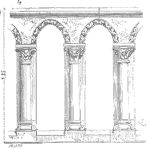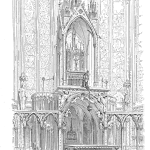In recent articles I framed the structure of a market analysis to ensure we understand customer needs and value, product requirements are “the what” the design provides (to ensure customer needs are met); the design is “the how” the product requirements will be met.
Product requirements are determined by answering the following question: “What shall the (product) design provide (output) @ input conditions? (Input conditions are functional inputs provided by the user, or environmental conditions.)
A complex product may have several outputs that interface with a system, however, and/or several inputs may be needed in order to enable the product to perform it’s intended function. System integration is therefore required.
Let’s assume your product is a subsystem. The questions become:
- “What shall the subsystem design provide (output) in order to ensure optimum system performance?
- “What does the subsystem need (inputs) from the system in order to ensure optimum system performance?”
How do we establish optimum system performance? We would expect the customer (system designer) would model system performance and provide functional inputs, outputs and specification limits (for your subsystem) in order to achieve optimum system performance.
In the case of a subsystem, value is in the context of the system optimization and system integration
Accordingly, subsystem integrators should understand system performance well-enough to help system designers with overall system design optimization…at the very least, understand gaps in requirements and associated system/subsystem development risks. The subsystem requirements document therefore is a key deliverable, reviewed in detail and approved by the customer.
An integrated approach to ensuring customer needs and value should be embedded in the product life cycle process, and can save your company (and your customers) millions of dollars in product development costs.

